A Woman's Work Posted On 9th June 2022 To Magazine & Stories

British Culture Archive
If you go to the Refuge in Manchester, you’ll find an exhibition of photographs by the renowned photographer, Tish Murtha, and a selection of my work from East Manchester. This is the latest exhibition from the British Culture Archive, but there’s more than photographs on show. It’s a commentary that began forty years ago when Tish Murtha took photographs in Elswick, Newcastle. It was taken up twenty years later when I took these photographs in East Manchester and the story came full circle when Paul Wright set up the British Culture Archive after trying to find photographs of working class life from the last forty years. He struggled to find images of times he thought would be well documented and, he began tracking down photography he knew must exist but didn’t have an outlet or very much visibility. Unbeknown to him, he was part of the explosion in UK documentary photography alongside others such as Craig Atkinson from Café Royal Books, who thought along similar lines.
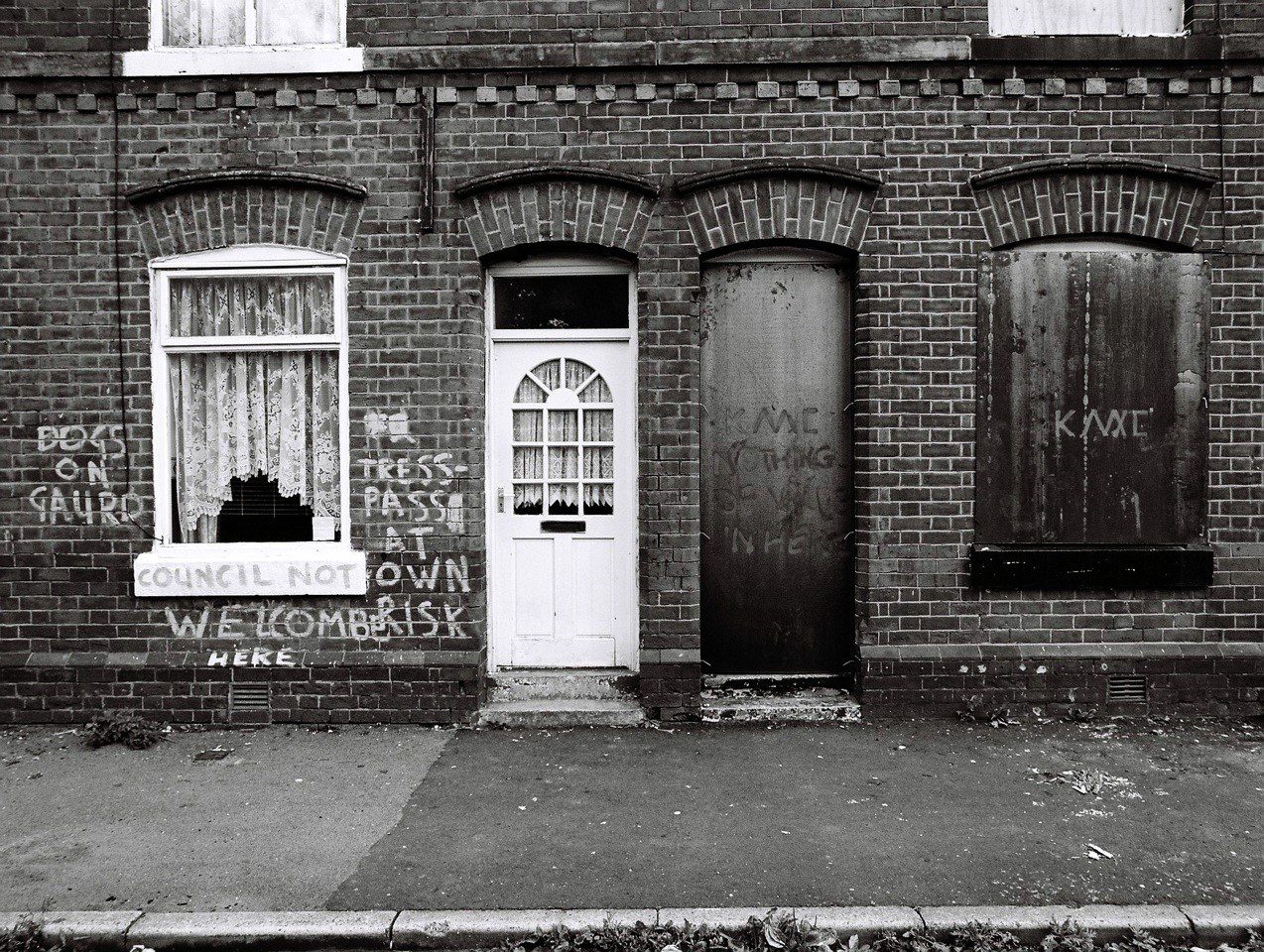
Life at Close Quarters
For the latest exhibition, Wright wanted to feature female documentary photographers. He put together work that had received little or no recognition at the time it had been photographed. ‘I saw connections between Tish Murtha and Anne Worthington’s work,’ says Wright, ‘so I wanted to put them together. They worked in similar areas, twenty years apart. They never knew each other’s work, but they have similar things to say, and say it in different ways. It also shows life at close quarters in some of the most deprived parts of the country.’
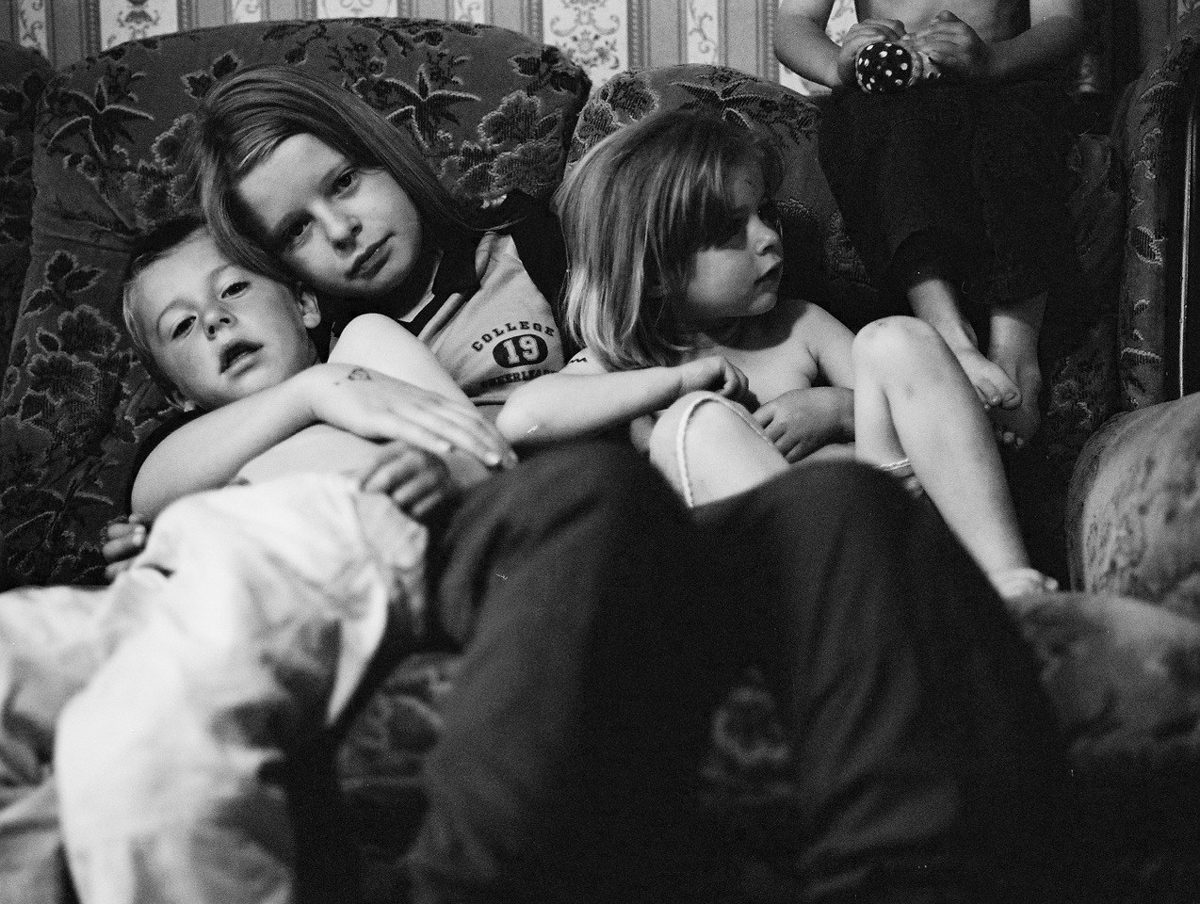
The Only Sign Of Life
I took these photographs between 2000-2002 in Beswick, Clayton and Openshaw, three areas of industrial East Manchester. The collapse of industry made these areas among the poorest in the city. By the time I was taking photographs there, some of the streets had been emptied and made ready for demolition. At night, kids took over and smashed walls and set fire to empty houses. I’d walk around streets where there were burned out cars and see a lone house still occupied. It was the only sign of life, and seemed very isolated and vulnerable. But the physical environment said very little about the people living there. It could be a tough place but people worked hard to keep their community together when so many institutions had fallen away.
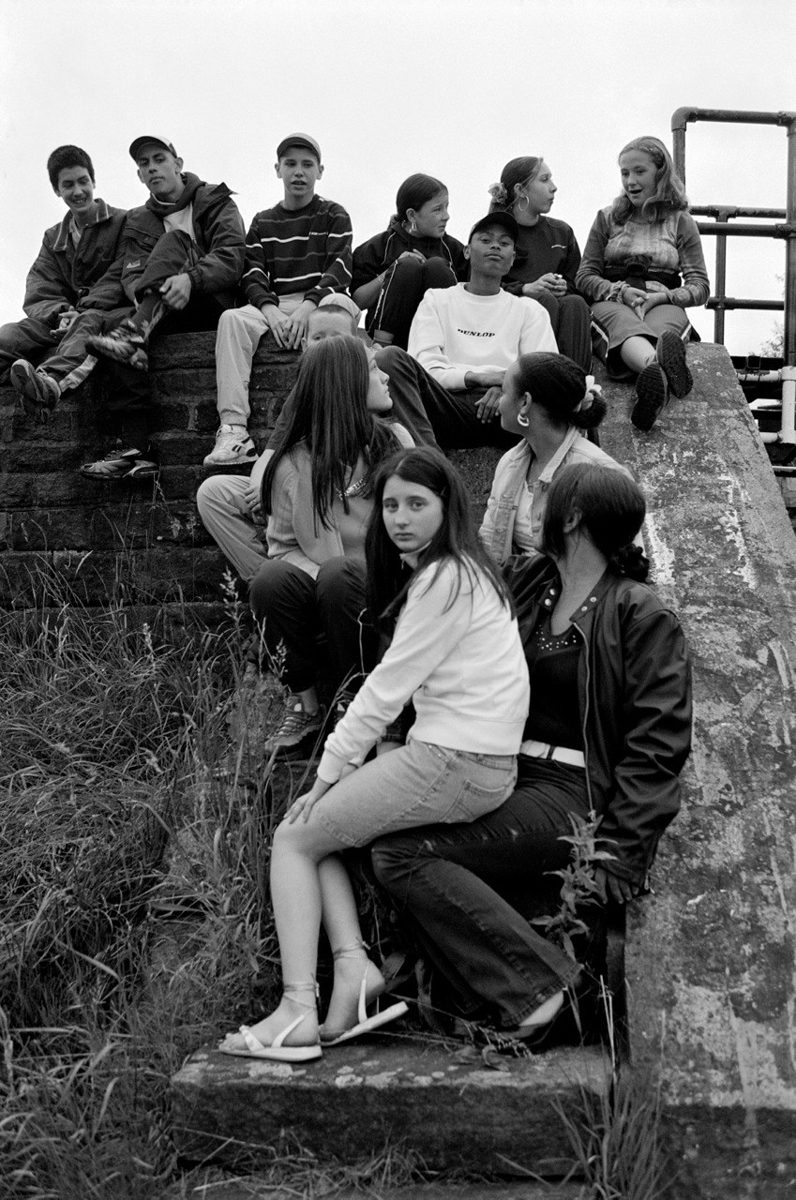
A New Place
As a photographer, coming to a new place is a mystery that slowly becomes familiar. I’d find out the man walking down the street came up on the coach looking for his ex-wife only to find everyone had left and the area was about to be demolished. That the house on the corner was a Buddhist Temple and no one would ever know that from the outside. And the woman in her seventies I’d sometimes see, was a lay-preacher who made food for people every day. And that one day, she and I would end up driving somewhere to pick up someone who was in a violent relationship. Streets start out blank and gradually fill out with stories and people you come to know and like.
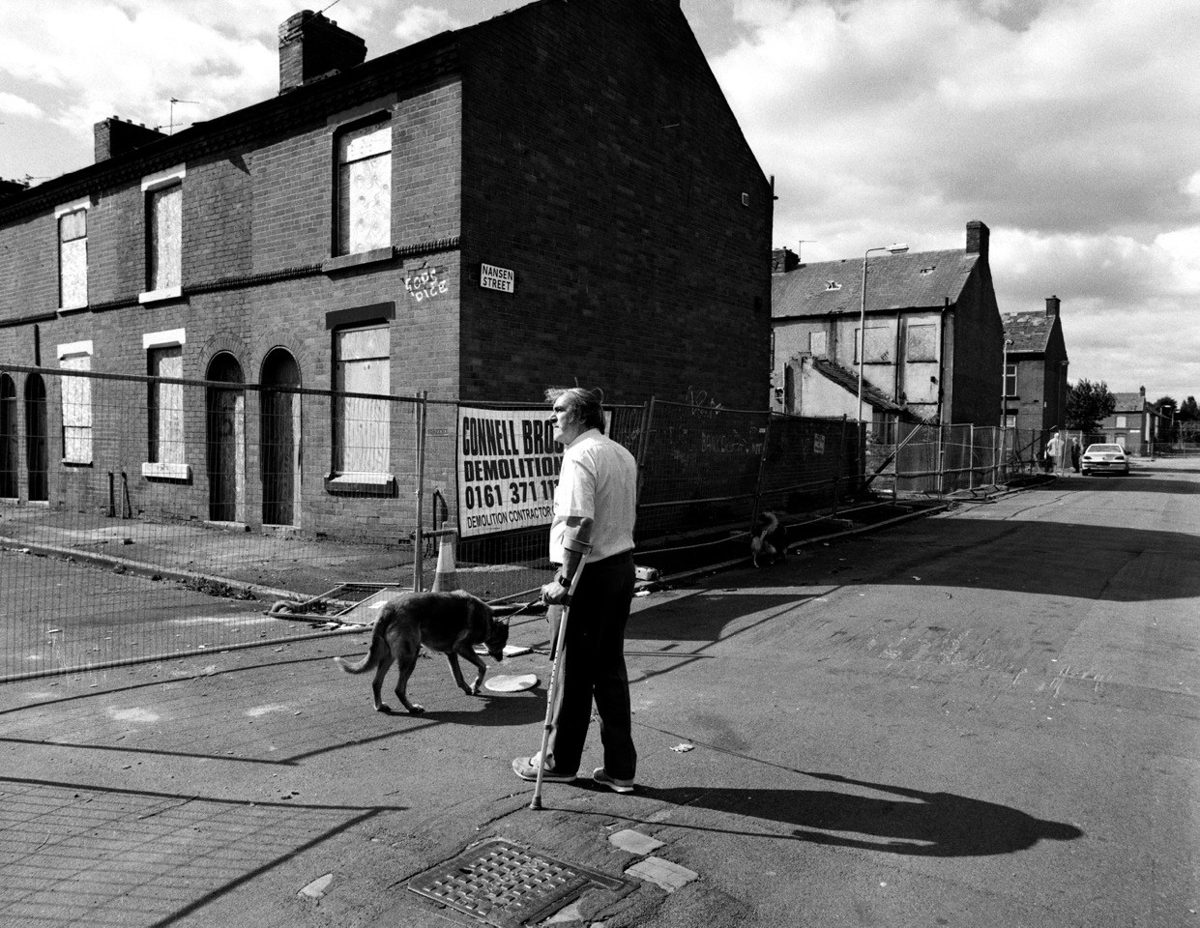
Process Of Building Trust Begins
Wherever we go and take photographs, a process of building trust begins. It’s an honour when someone says they’re happy for me to take their photograph, to meet someone who will show me something of their lives and the way they see the world. People often say something because I’m not in their everyday lives. And they might know something about me, and on it goes, forward and back. We know each other yet we don’t.
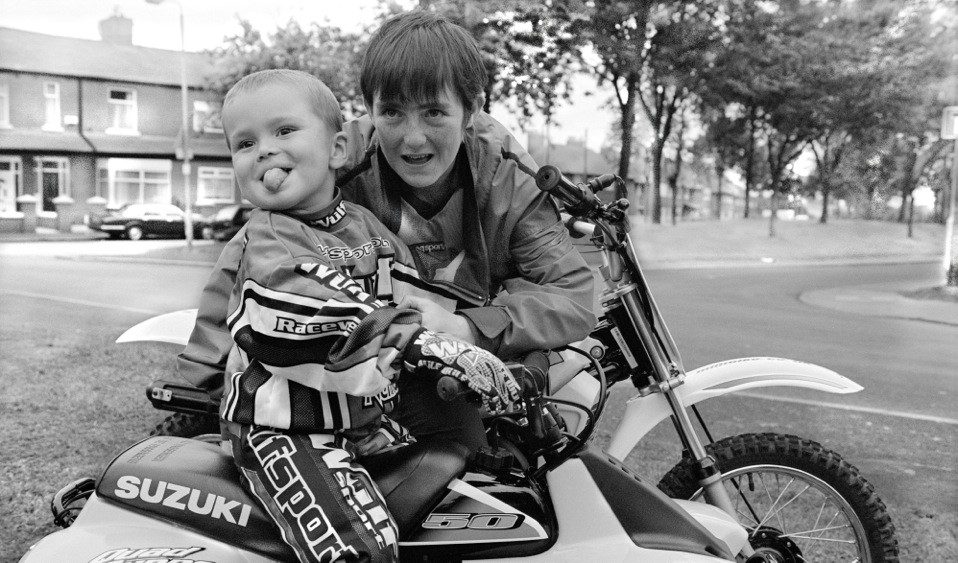
Times Have Changed
Times have changed since I was took these photographs. Some of the streets aren’t there now, some of the people I got to know still live in the area, they’ve married, grown up, got older. Some have sadly died by now. Now, people are coming to the exhibition to see a way of life that’s gone. They say they see resilience, humour and a sense of belonging in the photographs we took. I think that’s true, Tish Murtha and I wanted our photographs to celebrate people.
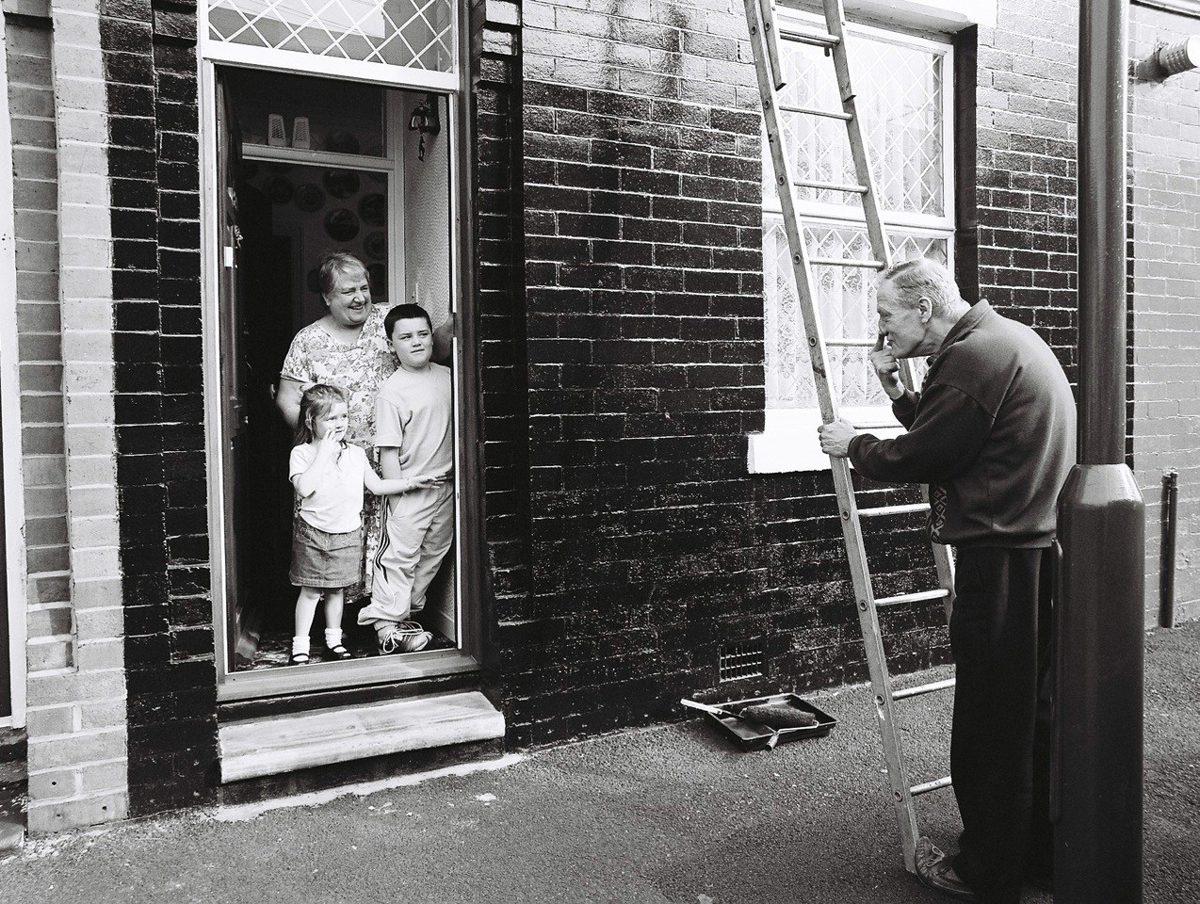
Celebrate People
Twenty years ago, I took photographs of a place that had been completely forgotten and left to go its own way. Now, people say they can see resilience, humour and a sense of belonging in the photographs in this exhibition. It’s something I think Tish Murtha found when she took her photographs, both of us wanted to celebrate people in those areas. It means they’re not just photographs on a wall, it’s people recognising themselves, or learning about a life that’s far away from theirs, sharing something, building bridges rather than making divisions.
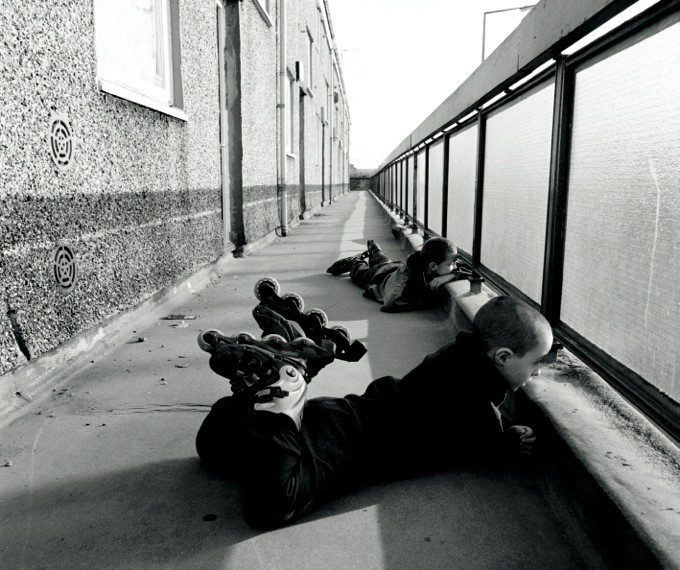
British Culture Archive
A Woman’s Work, an exhibition of photographs by Tish Murtha & Anne Worthington, produced by the British Culture Archive, is on at the Refuge, Kimpton Clocktower Hotel, Oxford Rd, Manchester until 30th June. Open every day from 12pm -11pm. It’s free to all, and all are welcome.
I’ll be giving a talk at the Refuge about the photographs I took in East Manchester. Date tbc. The exhibition is set to tour later in 2022. More information can be found on the British Culture Archive web site and on Instagram: @britishculturearchive and @anneworthington1
https://britishculturearchive.co.uk/british-culture-archive-exhibitions/exhibition-a-womans-work/
These photographs were shot on Ilford XP2 film, 120 and 135 formats.
About The Author

Anne Worthington
Anne Worthington has documented working class life in Britain for over twenty years with a focus on youth culture, social and political issues, often developing into long-form documentary projects. She likes to work closely with people, focussing on their daily lives.
It was while living in the inner-city area of Hulme in Manchester that she became part of the mix of artists, ex-students and squatters who’d made the partly abandoned blocks of flats their own. Anne became part of the notorious Dogs of Heaven collective that produced large-scale art performances. It was during this time that she first picked up a camera and took photographs of the area as it was being demolished, marking the end of an era of squat culture. Anne went on to become a documentary photographer, working around the country in an old Land Rover, and over the next twenty years, has produced a body of work that highlights the conditions of housing, and the effects of social and economic change that had begun during the 1980’s.
Instagram – anneworthington1
Twitter – aworthington111






